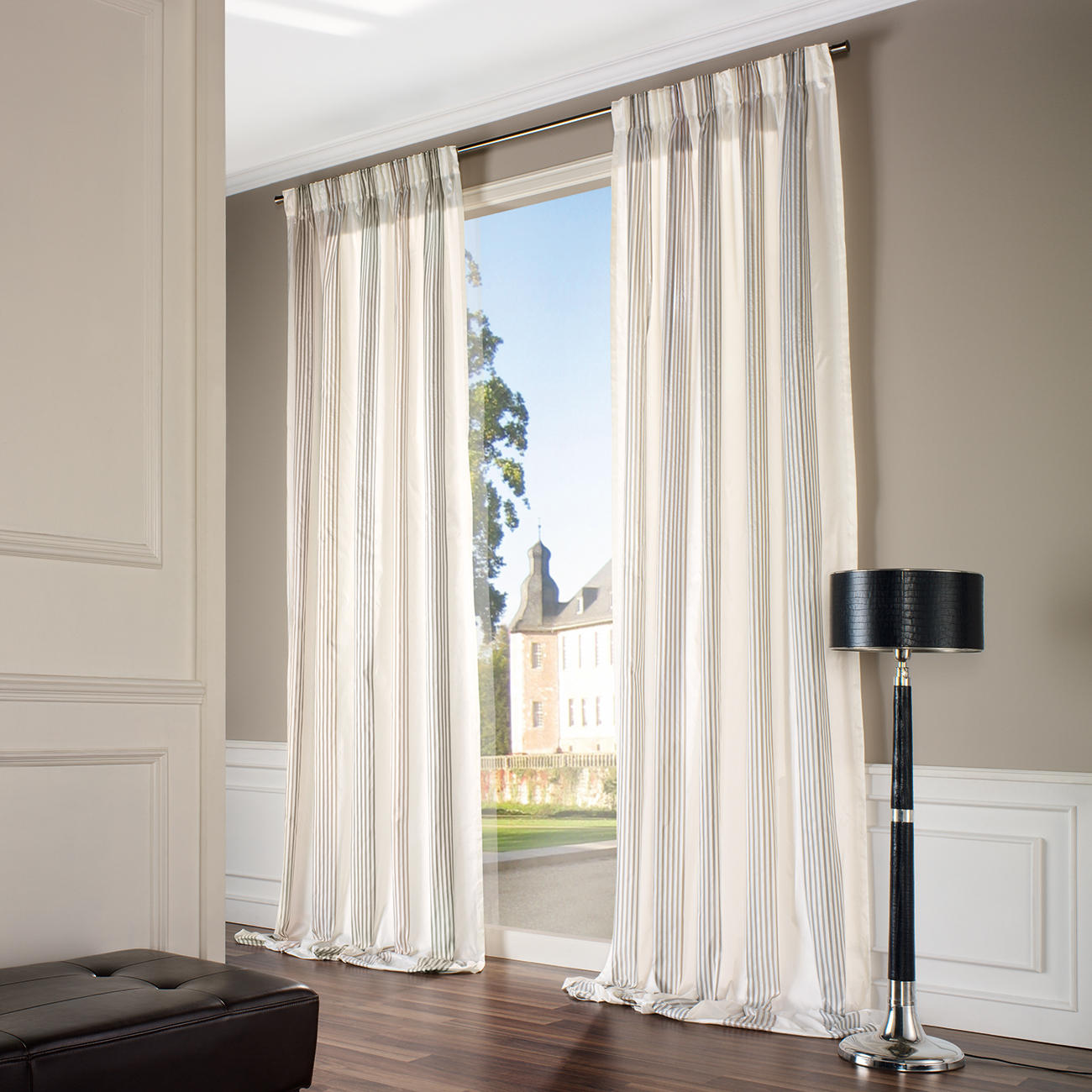
i purposefully set up this shot to look theopposite of cinematic. so let’s go through some simple steps to see how close we canget to the film look. if we want our shots to look like movies,then first we should think about composition: the way we position the camera.it’s a huge topic, but here are some common techniques from films that we can start with.in an average scene the camera is at the same height as what’s being filmed, so let’sbring it down to eye level. since our character is facing to the right,we’ll move the camera until there is space on the right hand side, which usually looksmore natural. now probably over 90% of shots in films havethe camera dead level - so let’s adjust
it until our horizons are flat. now, mosttripods have a levelling bubble so we can be precise.so here’s what we started with, and here’s after we followed some basic framing guides. next up is white balance - calibrating thecamera to the colour of our environment. right now everything looks blue so let’schange the white balance to a daylight setting since we’ve got natural light coming inthrough the windows. i’m shooting on the canon t3i by the way,but what we do in this video is applicable to pretty much all digital cameras.so, here’s before we changed the white balance, and here’s after.
this next one is huge if you’re going fora cinematic look: lighting. now, typical ‘cinematic’ lighting is quitesoft, so i’m setting up a bed sheet clipped to some light stands.that gives us a large surface area to bounce the light from. i’ll also close the curtainsso that any changes in the light outdoors don’t affect our scene.we can point any lights into our bed sheet, and what bounces back will be nice, soft light.lastly i’ll block the direct light from reaching our character, so it’s only thereflected light that affects our scene. here’s what the natural light looked like,with a strongly defined nose shadow and a really bright background, whereas our diybed sheet bounce gives us much softer shadows.
we also have a much darker background, whichis pretty common in movies to make the foreground stand out. so, we’ve put some thought into composition& lighting, which i think are the core parts of the film look, now we can go into the details.shutter speed controls how much motion blur there is, as demonstrated by this shot witha fast shutter speed of 1/250th, which gives us a choppy look without any blur, as seenwhen we pause this shot. if we change the shutter speed to 1/50th whichis the traditional cinematic standard, then we can see how blurry fast moving things become,just like how we see things in the real world, and in most films.so as we change the shutter speed to 1/50th,
it reveals a side effect: the lower the number,the brighter the image will be. so now we have a really bright image but wecan fix that easily by lowering the iso, which you can think of as a last resort for makingthe image brighter. that’s the great thing about using lights,it means we don’t have to use a high iso, which results in digital noise that isn’tvery cinematic. so there we go. now, in these behind the scenes shots youmay have noticed that we really can’t see what’s outside, it’s just completely overexposed - that’s because all cameras struggle to show something really bright at the sametime as something really dark. the way a camera deals with these high contrastsituations is called it’s dynamic range,
and it’s an important part of the film look.we can improve our camera’s dynamic range by shooting flat, reducing the contrast andsaturation while recording, so we have the best foundation for color grading afterwards.i’ve been using the ‘visioncolor’ profile for the last few months and i’ve been prettyimpressed with it, after hearing more and more that those super flat profiles like cinestylemight not really suit cameras like this that have relatively low bit rates & color depth. so since we shot with visioncolor profile,we’ll definitely do some color grading, i’ve done a whole video about this, whichyou can find at the first link in the description, to see how i usually do it.but for now, here’s what it looks like before
colour grading, and after colour grading. i think it's important to mention that mostof this stuff can be done on all digital cameras, you just need to find the right buttons foryour specific camera, and you’re done. but i think lighting and composition make thebiggest difference, so we should focus our efforts there rather than on just the camerasettings. and let’s not forget that creating cinematicimages isn't what filmmaking is all about. there are lots of different sides of filmmakingand they all deserve equal attention. my name's simon cade, this has been dslrguideand i'll see you next week.